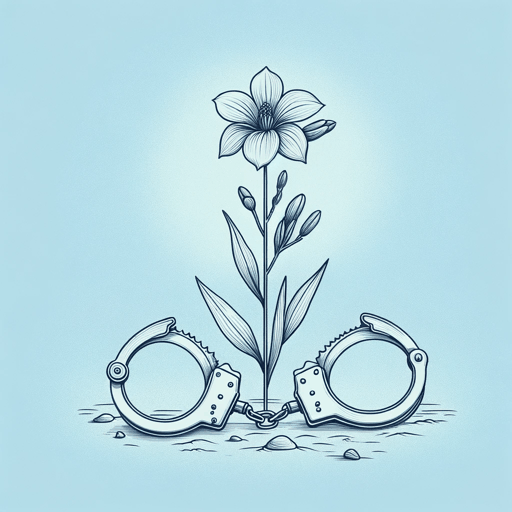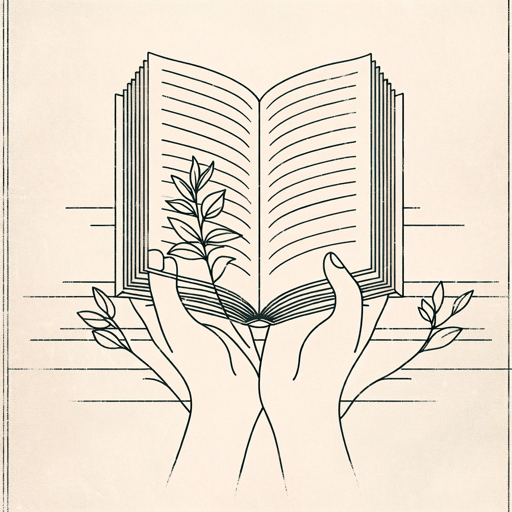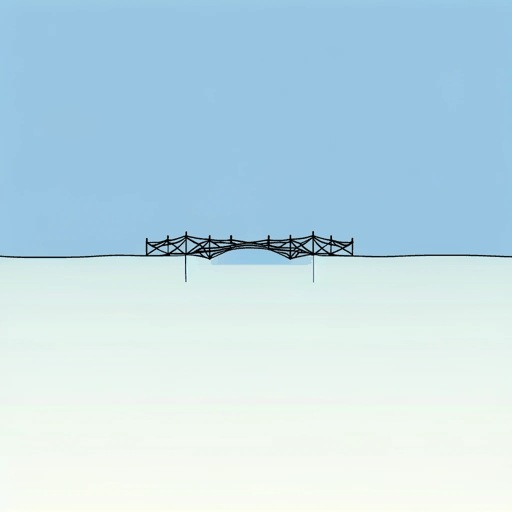17 pages • 34 minutes read
Pat MoraLa Migra
Fiction | Poem | Adult | Published in 1995A modern alternative to SparkNotes and CliffsNotes, SuperSummary offers high-quality Study Guides with detailed chapter summaries and analysis of major themes, characters, and more.
Literary Devices
Form and Meter
“La Migra” is a diptych, a unit that consists of two closely related parts. The word diptych (Greek for “folded in two”) more often describes visual artwork, such as painted or carved panels hinged together; the format is traditionally used in religious art for private devotion or as altar decoration. However, it also refers to literary works containing two parallel, contrasting, or complementary parts, often telling the same story from opposing perspectives. This format creates a dialogue between two points of view, the juxtaposition more deeply illuminating each side of the binary. Neither a poem representing only the Border Patrol’s viewpoint nor one depicting only the migrants’ outlook would be as revealing and dynamic as “La Migra,” where the intra-stanzaic tension produces powerful effects. Moreover, the two-part form has symbolic significance: The Border Patrol speaks first, symbolizing his authority—but because the Mexican woman speaks last, she has the “last word,” which is, essentially, the higher authority. This ironic reversal accentuates the dramatic action of the cat-and-mouse game.
While the diptych form lends the narrative a definitive structure, the poem is written in free verse, meaning it has neither regular 







Related Titles
By Pat Mora




